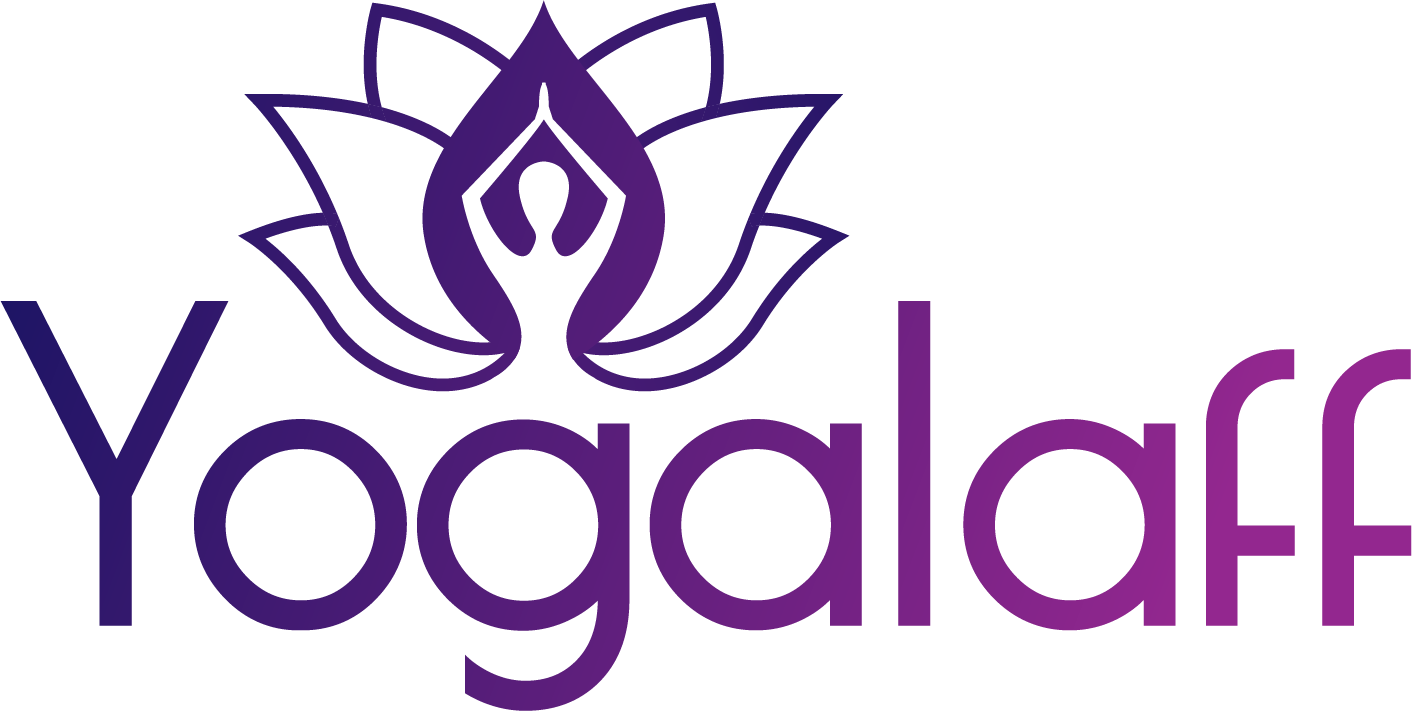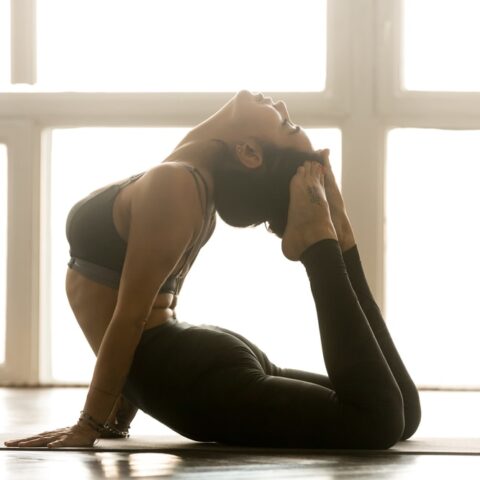If you’re not stretching before or after your ab workouts, you’re missing an important piece in your fitness routine.
Unfortunately, a lot of people skip stretching before exercising their core.
As with other muscle groups, your abdominal muscles benefit from dynamic and static stretching.
Stretching helps reduce the risk of injury and promotes greater flexibility. It also aids with the recovery process, allowing you to maintain a consistent workout routine.
For those wanting to achieve greater core strength, learn how to stretch abs properly. Here’s a closer look at the benefits of stretching and the best techniques to start using in your daily routine.
Why Should You Start Stretching?
According to most fitness experts, you should stretch before and after your workouts, but with different types of stretches.
You use dynamic stretches before working out to warm up your muscles and static stretches afterward to cool down. However, stretching remains a hot topic in fitness circles.
Some experts don’t believe that stretching helps, but the research backs up the benefits.
Stretching isn’t just for cardio. You should perform stretches before and after any workout thanks to these key benefits:
- Improves flexibility
- Helps prevent back pain
- Increases muscle recovery
- Reduces the risk of injuries
Flexibility remains essential to your fitness and stretching helps keep your limbs loose and limber.
When you have a full range of motion and less muscle tension, you tend to get better results from your workouts. You’ll also feel less pain after an intense abdominal workout, shortening the recovery time.
So, what type of stretches should you perform? For the best results, use dynamic and static stretches.
Dynamic Stretching
Dynamic stretches involve full ranges of motion with controlled movements.
Dynamic stretching helps warm your muscles, increase range of motion, and gets your blood moving. That’s why people tend to use dynamic stretches for a warmup.
These stretches loosen the ligaments and muscle tissues, making them more pliable and less prone to injury. They also help with speed and agility.
Almost any stretch can be dynamic or static, depending on whether you hold the pose. However, dynamic stretches typically involve movements where you perform a range of motion and return the original position. With a static stretch, you perform the range of motion and hold it.
Walking lunges, torso twists, and leg swings are common examples.
Static Stretching
Static stretching is performed at the end of the workout. With static stretching, you perform stretches that you hold in place for 20 to 45 seconds.
The static movement isn’t quite as effective compared to dynamic stretching, but it still offers benefits. Studies show that static stretching helps improve range of motion and flexibility.
You’re less likely to feel pain, stiffness, and tension in your muscles after a hard workout.
Hamstring and quadriceps stretches are popular static stretches for runners. You’ll often see them performing these stretches after a run.
How to Stretch Abs – The Best Dynamic Stretches
Before your next abdominal workout, perform a few of these simple dynamic stretches:
- Bear crawl
- Body saw
- Sliding inchworm
- Walking lunges
Perform 8 to 10 repetitions for each stretch. The entire warm-up should take less than 10 minutes.
Bear Crawl
This stretch engages every major muscle group from your shoulders to your hips, including your abs. To perform the bear crawl, get on all fours and crawl forward several yards.
Pay attention to your movement, lifting your opposite hand and foot as you crawl. After you crawl forward, reverse your movement and crawl back to your starting position.
As you move the opposite foot and hand, you engage the core to keep your torso from rotating. It’s an effective dynamic stretch for loosening your abdominal muscles.
Body Saw
The body saw also targets the abdominal muscles. Your abs keep your torso from lowering as you try to slide your feet further from the center of your body.
To perform this stretch, get in the standard plank position. Slide your toes backward as far as you can without dropping to your knees and then slide them back to the starting position.
If you struggle to perform this stretch, you can try a variation of the body saw. Get in the plank position and then rest your upper body on your forearms.
With the variation, you won’t engage your core as much, but you’ll still get blood pumping throughout your body.
You’ll need to perform this on a surface that allows your toes to slide on the floor. It works best when performed on a smooth, flat surface, such as tile or hardwood.
Placing a hand towel under your feet may also help with the sliding.
Sliding Inchworm
The sliding inchworm also works best with a towel under your feet. You’ll also start in the plank position.
Slowly slide your feet toward your hands while lifting your butt into the air. Continue to slide your feet forward until you’re almost in the same position used when touching your toes.
After bringing your feet toward your hands, walk your hands forward to return to a plank position. Repeat this process until you’ve slid forward a few yards and then reverse the movement.
Walking Lunges
Walking lunges stretch the legs and engage your core muscles. You’ll also stretch the hip flexors and work your glutes and hamstrings.
To perform the walking lunge, stand in an upright position with your feet together. Take one step forward with your right leg while lowering your hips until both knees reach 90-degree angles.
Don’t let the back knee touch the ground. Use your left foot to push off as you press the front heel into the floor. As you push off with your left foot, bring your left leg forward.
Repeat the lunge as you walk forward several yards. Turn around and lunge your way back to the starting position to complete one repetition.
How to Stretch Abs – The Best Static Stretches
When you finish your workout, include one or two of these static stretches. These stretches help reduce delayed onset muscle soreness (DOMS), allowing you to recover from your workout faster:
- Cobra pose
- Cat and cow stretch
- Standing ab stretch
- Twisting crocodile stretch
These exercises require you to hold a pose for 20 to 45 seconds. You’ll repeat each pose several times and then move to the next stretch. The entire routine should take about 5 to 10 minutes.
Cobra Pose
The cobra pose is a commonly used stretch for targeting the abdominal muscles. Start on the floor and position your hands below your shoulders. Stretch your arms to lift your upper body while keeping your hips planted on the floor.
As you stretch, stick your chest out and keep your face forward. Hold the pose for 20 to 45 seconds and return to the starting position.
This stretch arches your back, which may cause discomfort for some people. If you feel any pressure, use a stretch that elongates the spine, such as the cat stretch.
Cat Stretch and Cow Stretch
The cat stretch and cow stretch are variations of the same pose. Start on the ground on your hands and knees. Position your knees under your hips and your hands under the shoulders.
Lift your back toward the ceiling, stretching out your spine. As you stretch, tuck your chin in toward your chest. Hold this pose for about 20 to 45 seconds and switch to the cow pose.
For the cow pose, you’ll start in the same position. Instead of arching your spine upward, you’ll lower your back toward the ground while bringing up your head and tailbone.
Standing Ab Stretch
After performing the cat and cow stretches, stand up and bring your feet about hip-width apart. Stretch your arms up to the sky as far as you can.
As you stretch, gently lean back to stretch the spine and abdominal muscles. Hold this pose for 20 to 45 seconds and then repeat several times.
Twisting Crocodile Stretch
The twisting crocodile stretch helps loosen your hip flexors and abdominal muscles. To perform this stretch, lay on your back on the ground.
This stretch is more comfortable when performed on carpet or an exercise mat.
Stretch your arms out to the sides and position your legs slightly apart on the floor. Keep one leg straight and bring the other up toward your chest.
Rotate your hips to bring the raised leg down to the opposite side. If you raise your left leg, cross it over your right side. If you raise your right leg, cross it over your left side.
As you cross the leg, turn your head to the opposite direction. Instead of holding this pose for up to 45 seconds, hold it for about 5 seconds. Repeat with the opposite leg to complete one repetition.
Last Thoughts on Ab Stretches
When performing these stretches, take it easy, especially if you suffer from any existing back problems. You don’t want to pull a muscle during your stretches.
Stretch at your own pace and pay attention to your body. If you experience any discomfort, stop stretching.
Only go as far as you feel comfortable stretching and limit your range of motion if you notice any pain.
With these tips, you can start safely stretching your abs after core workouts.

